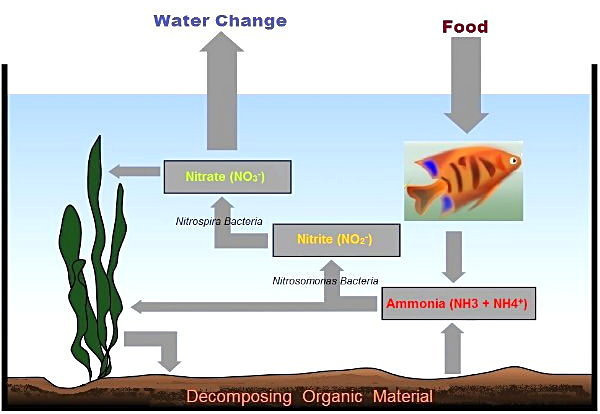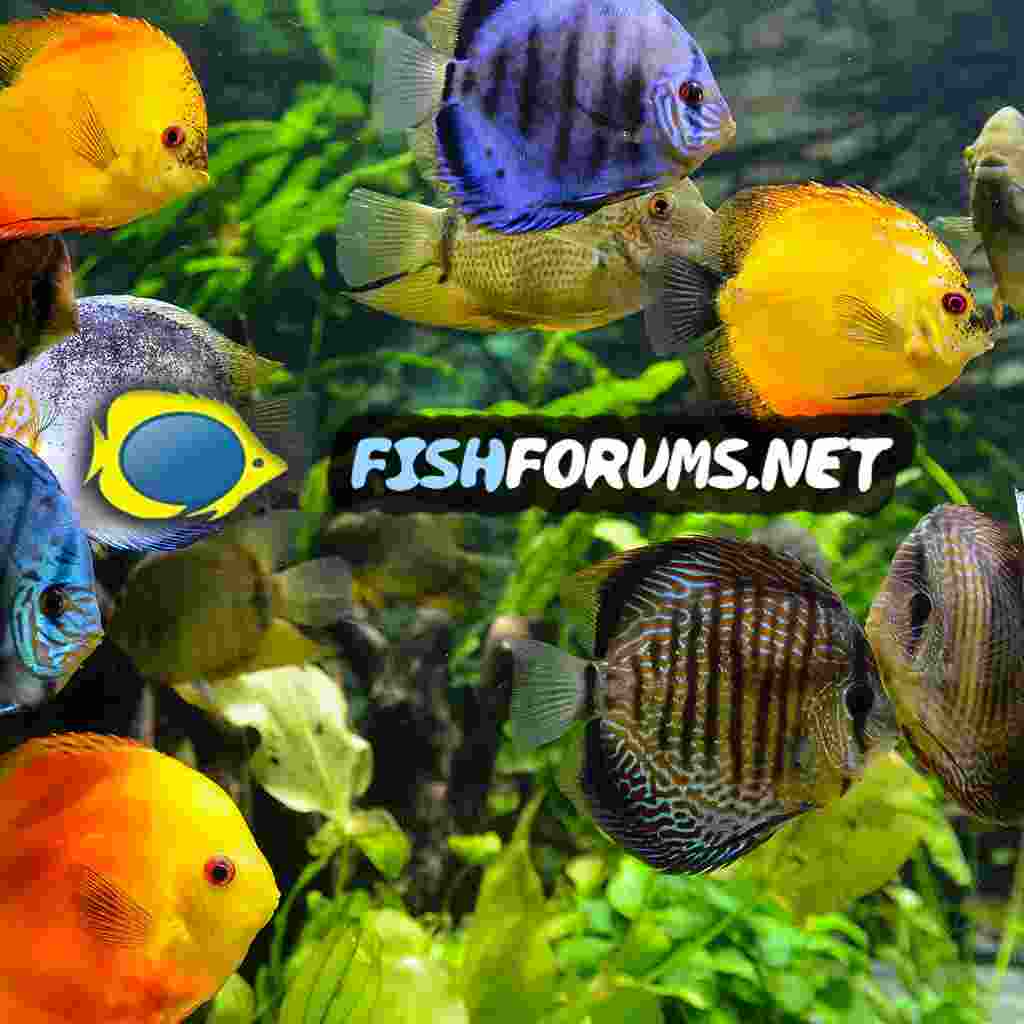Yes you do need to add ammonia. If it was the shop that said adding Quick Start was all you need to do, don't believe it. One of the first lessons in fish keeping is don't believe anything a shop worker says. Some of them know what they are talking about, the majority haven't a clue.
No bacterial starter cycles a tank instantly.
You need to buy some ammonia. This is getting harder to source nowadays but we can use use this product
https://www.amazon.co.uk/dp/B006MP4QG6/?tag=
The bottle says to add 1 drop per 4 US gallons, so 1 drop per 3.75 litres. That's actual water not the volume the tank manufacturer says. I would add a bit less than that rate, wait half an hour for it to mix in thoroughly then test for ammonia. If it's not 3 ppm, add some more. Make a note of the number of drops you add altogether to get 3 ppm as you'll need to add the same amount again, and also one third of that amount later in the cycle.
Once you have the ammonium chloride, follow the method in the link I gave you in post #2.
I'm afraid 18 dH is way too hard for neon tetras, but is good for guppies. Neons are soft water fish while guppies are hard water fish. There is no happy medium I'm afraid. And if you soften the water for neons, guppies won't be happy.
Hardness is a measure of the amount of calcium and magnesium in the water. Hard water has a lot of these minerals and hard water fish have evolved so that they excrete most of the mnerals they take in from the water. If they are put in soft water, they still excrete the minerals but there aren't enough in the water to replace them so they suffer calcium deficiency. Soft water has few minerals so soft water fish have evolved to hang on to the minerals. When they are put in hard water they continue to hang onto them, resulting in mineral deposits in their bodies, particularly in the kidneys. Both of these, calcium deficiency and calcium deposits, shorten a fish's life.
While you are waiting for the tank to cycle, you could browse your local shops - but ignore any advice they give - and see which fish they stock. Make a note of the ones you like, then go home and look them up on Seriously Fish

www.seriouslyfish.com
The fish profiles on there tell you the hardness a species needs, the temperature, the minimum tank size, suggestions for compatible fish, and any quirks a fish might have (eg needing a shoal of a certain number, special feeding etc)







